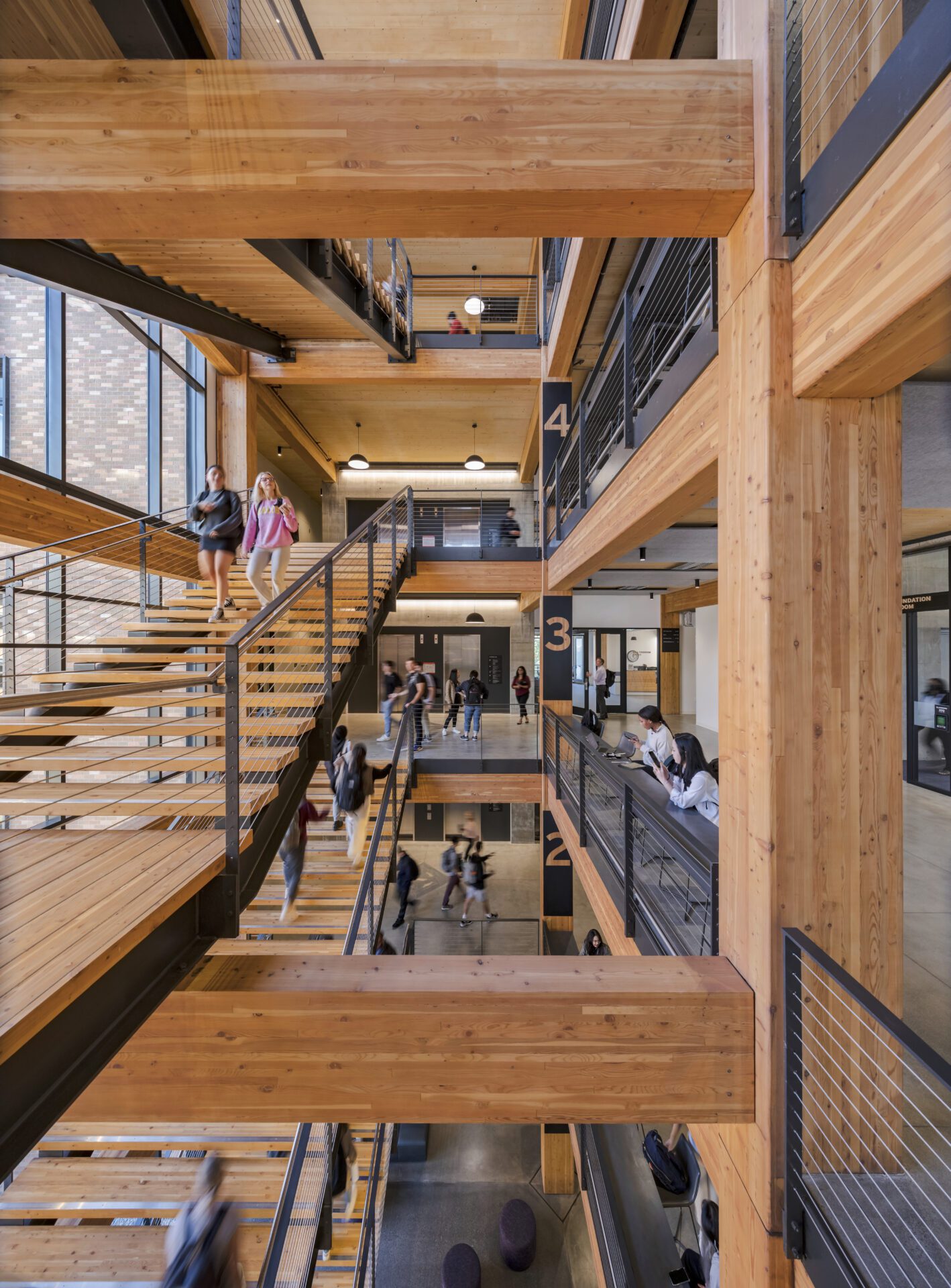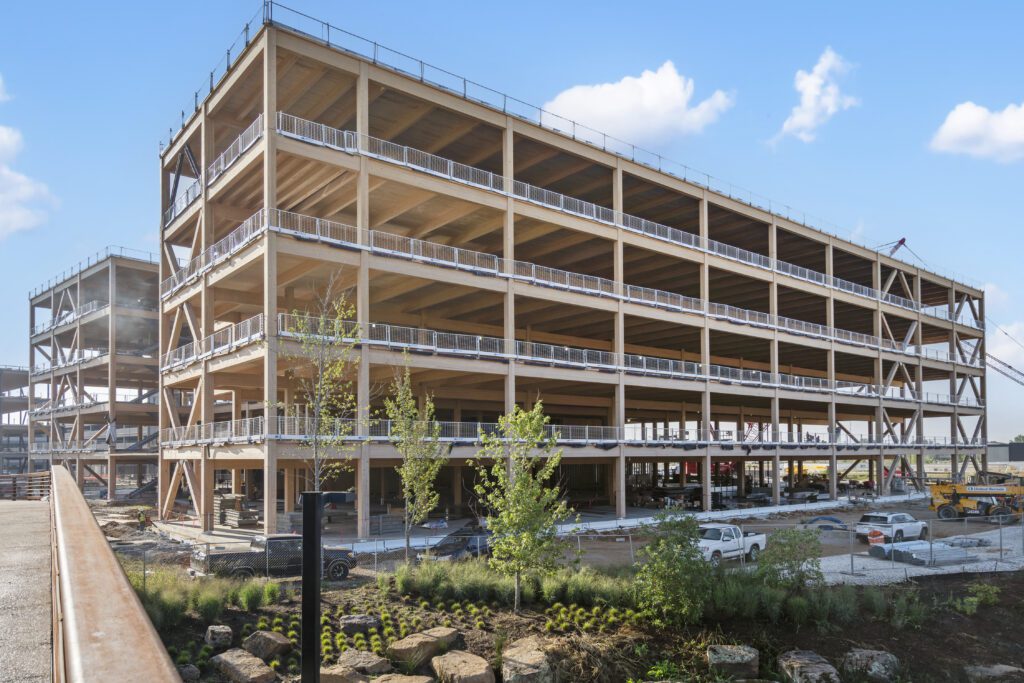As the mass timber industry continues its rapid expansion, with projections showing a 15.5% annual growth rate in North America by 2032, 2025 is shaping up to be a pivotal year.
by Ricardo Brites, Contributing Author for Woodworking Network
Innovations in production, cutting-edge technology, and a push to bust long-standing myths will drive the future of mass timber construction. Here’s what to expect from the revolution in wood-based architecture.
Affordable by Design
More advanced wood manufacturing and engineering techniques are set to streamline production, reduce the cost of mass timber, and improve construction efficiency over the next year.
Factors like speed of construction, carbon sequestration and reduced on-site labor will increasingly influence decisions, positioning mass timber to gradually replace traditional materials like steel and concrete which have long been favored for their affordability.
Enhanced cost-effectiveness coupled with sustainability will position mass timber as a go-to option for both large-scale and small, budget-friendly projects, establishing it as an affordable mainstream choice for everything from homes to urban commercial buildings.

